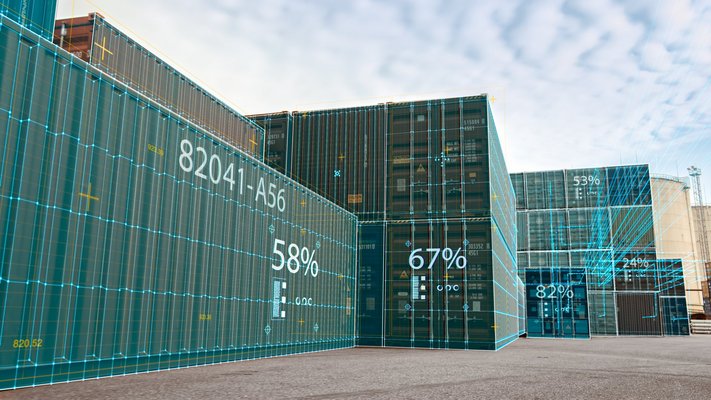Virtual drives and even virtualized computers are now widely known. As images of physical devices, such as hard disks or Windows PCs in this case, they help us use their functions - without the devices actually being there. The images are generated by software from computer architectures with sufficient performance. In IT, such virtualizations are useful for increasing the data security of systems through sensible limits on access and for making mutually independent configurations possible for different users and applications.
The same applies to virtual controllers: First, powerful hardware is required as a substructure. Even if the PLC is abstracted, it must of course be hosted and run somewhere. In this respect, the virtual PLC is initially no different from an industrial computer with an operating system and a soft PLC installed on it. However, in order to be able to operate such virtual controllers in a hardware in any number and independently of each other, a further abstraction must be made. Software containers or hypervisors are suitable for this purpose because they separate the hardware and the operating system running on it.
Read the full article in Markt & Technik issue 47-48/2022 (pp. 1, 3, 32-35) »
This article is only available in German language.
Author: Roland Wagner, Head of Product Marketing, CODESYS GmbH









